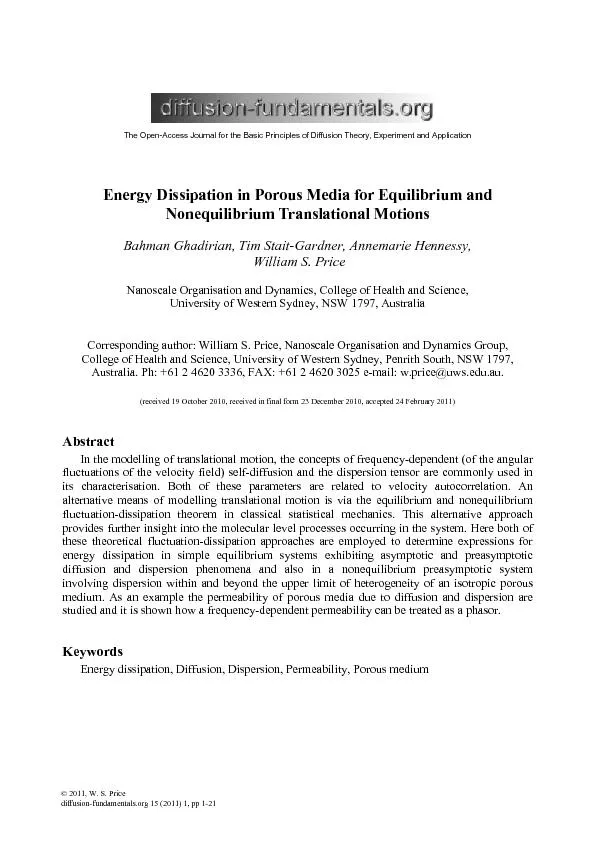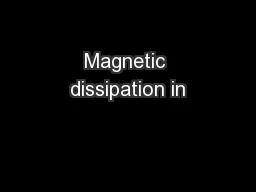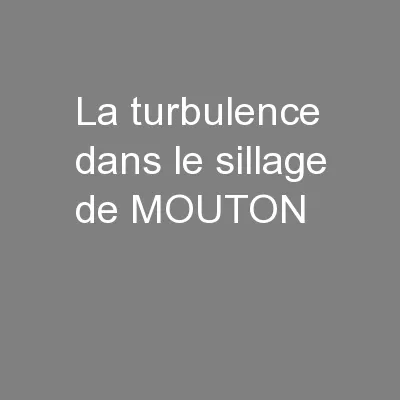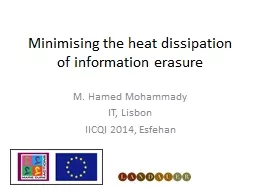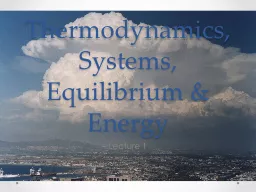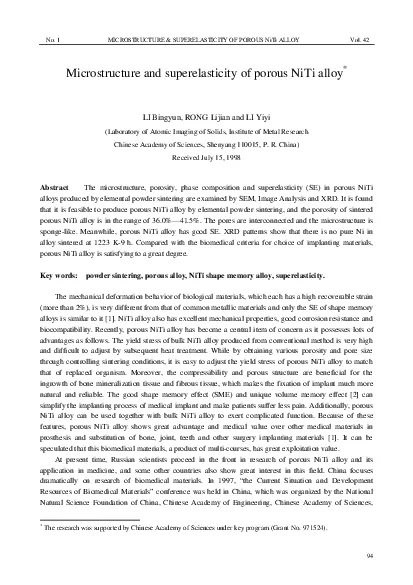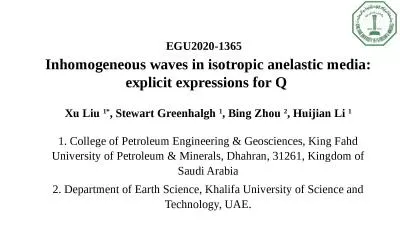PDF-Energy Dissipation in Porous Media for Equilibrium and Nonequilibrium
Author : faustina-dinatale | Published Date : 2016-03-16
Diffusive phenomena such as Brownian motion involve the random movement of particles and are in essence manybody problems At sufficiently long time scales the diffusive
Presentation Embed Code
Download Presentation
Download Presentation The PPT/PDF document "Energy Dissipation in Porous Media for E..." is the property of its rightful owner. Permission is granted to download and print the materials on this website for personal, non-commercial use only, and to display it on your personal computer provided you do not modify the materials and that you retain all copyright notices contained in the materials. By downloading content from our website, you accept the terms of this agreement.
Energy Dissipation in Porous Media for Equilibrium and Nonequilibrium: Transcript
Download Rules Of Document
"Energy Dissipation in Porous Media for Equilibrium and Nonequilibrium"The content belongs to its owner. You may download and print it for personal use, without modification, and keep all copyright notices. By downloading, you agree to these terms.
Related Documents

